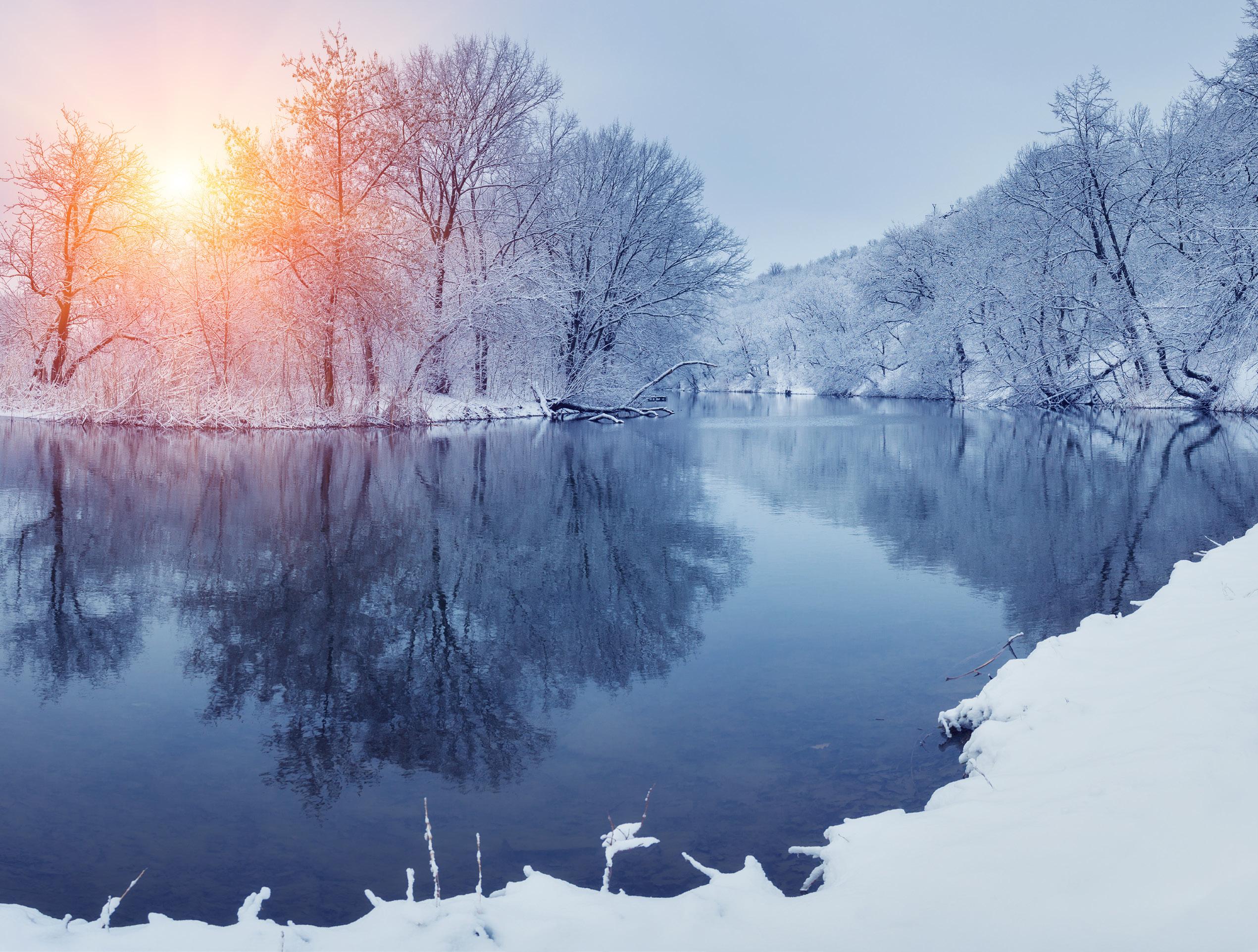
9 minute read
Natural Resources
HOW DOES SNOW AFFECT GROUNDWATER?
Environmental Specialist EPA 106/319 Grants - Mindy Walker
Water infiltration into the ground occurs most efficiently when the forest is dormant - November to March. Snow in winter, steady temperatures, and a gentle spring are the best scenarios for groundwater replenishment. As it melts, the snowpack provides a slow and steady flow of water into the soil.
Allyson Brownlee Muth, Ed.D.

Environmental Specialist Mussel Biologist - Regina Sapp
If you’re brave enough to hazard the cold, freshwater mussels are easy to find come wintertime. In the spring and summer, the trickiest part to locating them is rainwater—when the rivers flood, they fill with sediment that makes the water murky and the mussels nearly impossible to see, and when the water gets too deep, they’re hard to dive down to. By fall, the rains have settled, and by winter, the biggest obstacle to accessing freshwater mussels is the temperature of our local lakes and streams.
When searching for native mussels in the cold weather (or when fishing in it), it’s best to wear insulated waders or dry suits with insulated boots. It’s also best—and safest—to minimize your contact with the water. To do so, you can walk along the streambank, kayak, or canoe to a mussel site, then scan the water’s surface before stepping into it. To prevent hypothermia when out on the river, always check your waders and dry suits for holes before use, wear insulated neoprene gloves, and carry emergency supplies with you, including an extra set of towels, warm clothing, and an aluminized emergency blanket. Additionally, never go to the river alone.
In Oklahoma, many species of freshwater mussels are gravid—pregnant—in the winter. This makes it an ideal time for researchers to collect new mothers and their babies (glochidia) for laboratory use and for restoration and reintroduction projects. Some of the species the Peoria Tribe has searched for in the past include Washboard, Fatmucket, and Giant Floater. Washboard are found in the main tributaries of large, deep rivers, Fatmucket are found in shallow streams in gravel/silt habitats, and Giant Floater are found in silty ponds, lakes, or creeks.
All these animals can survive in extremely cold temperatures as long as they have access to flowing water and oxygen. Despite this, many species throughout the US are endangered, threatened, or imperiled, so it’s best to leave them where you find them and take a picture instead.
Environmental Specialist – Intern – Ashlyn Roten
Did you know? North America is home to one-third of the world’s freshwater mussel species? More than 70 percent of our mussels are endangered or have been driven to extinction by pollution, habitat destruction, invasive species, and natural predation from wildlife, viruses, and parasites. Today we will talk about one intriguing parasite, the mussel-associated leech.
Mussel-associated leeches refer to a recently discovered group of species in the family Hirudinea Glossiphoniidae. While leeches inhabiting the mantle cavity of freshwater mussels have been recorded since the late 1800s, it was initially regarded as an accidental phenomenon. There has been more discussion of them than ever before to try and understand why they are intertwined with the freshwater mussel and host fish’s life cycle.
In a recent study published by Nature Scientific Reports, scientists discovered seven new mussel-associated leech species which require freshwater mussel hosts to survive. Of the over 3,000 freshwater mussels tested, researchers found that 12% housed leeches. It is currently thought that they use freshwater mussels as a secondary host for shelter and to feed off their blood during earlier developmental stages, and freshwater fish as the primary host to reach maturity.
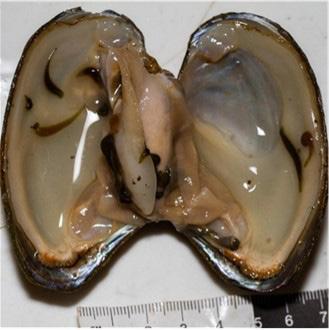
Leeches inside a Freshwater Mussel
Bolotov, Ivan N., et al. “Freshwater Mussels House a Diverse Mussel-Associated Leech Assemblage.” Scientific Reports, vol. 9, no. 1, 2019, https://doi.org/10.1038/s41598-019-52688-3.

Environmental Specialist - Ashlyn Roten Did you know? Black vultures can kill calves and other animals and damage property such as cars and buildings. Though black vultures are protected by federal law under the Migratory Bird Treaty Act and cannot be killed without a permit, it is entirely legal to harass them away from their roosting areas and encourage them to roost elsewhere if they are becoming problematic. They have been a regular seasonal issue at the Peoria Ranch; we have been working with the ODAFF to protect the cattle and calves here. We want to make sure Peoria Citizens are aware of how to protect their private herds!
Black Vulture Effigy
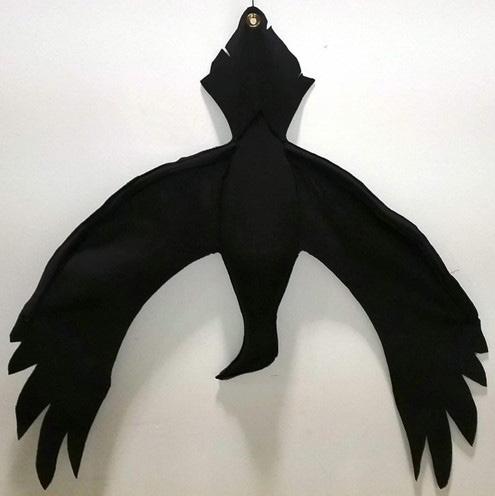
Here are some non-lethal techniques for getting black vultures to relocate:
• Loud noises • Spraying with a garden hose • Use of pyrotechnics • Non-lethal shooting or propane cannons (good for large pasture settings) • Effigies – real or fake dead vultures can be hung in the area to deter them. Hanging the bird upside down by its feet with the wings spread is the most effective method.

With larger roosts, harassment may need to be continued for 7-14 days for success.
The difference between Black Vulture and Turkey Vultures
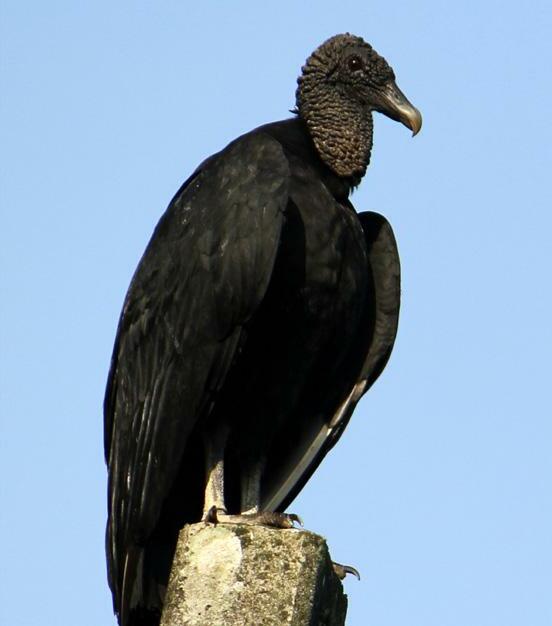
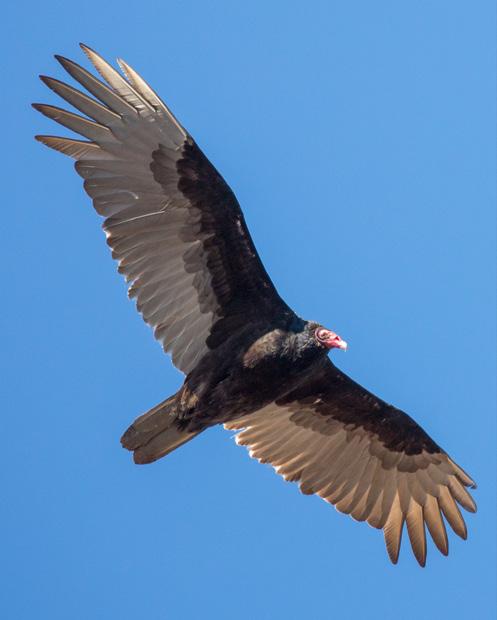

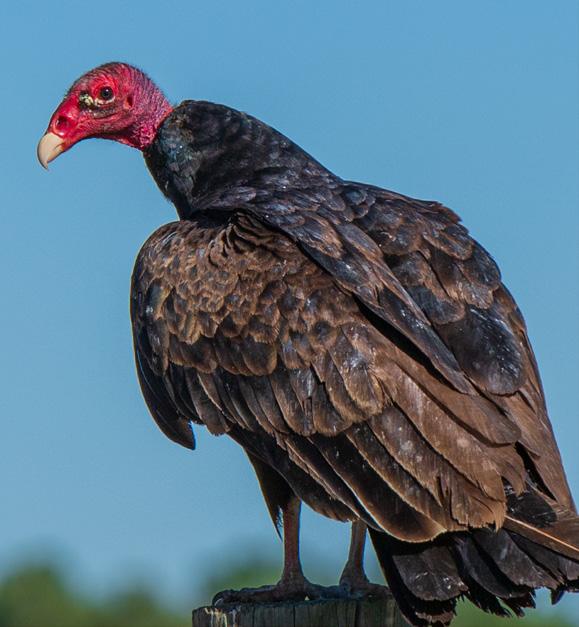
Black Vulture Turkey Vulture
If those methods are unsuccessful, Oklahoma farmers and ranchers can now obtain a free depredation sub-permit through ODAFF! This provides producers with five legal takes of black vultures at no cost to the producer upon completion of the subpermit application. ODAFF’s online sub-permittee application: https://ag.ok.gov/black-vulture-sub-permittee-application/ For further questions or extensive depredation issues (which will require much more than 5 takes), contact ODAFF’s wildlife division at 405.521.4039 or blackvultures@ag.ok.gov. If you live outside of Oklahoma, contact your state’s department of agriculture.
PEORIA RANCH
Rangeland Support Specialist Trey Seigrist
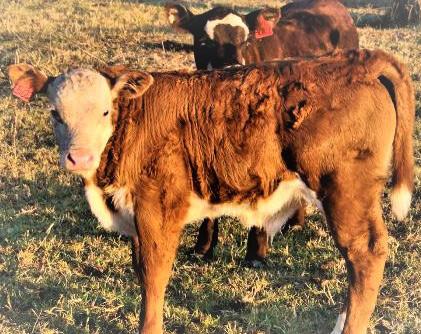
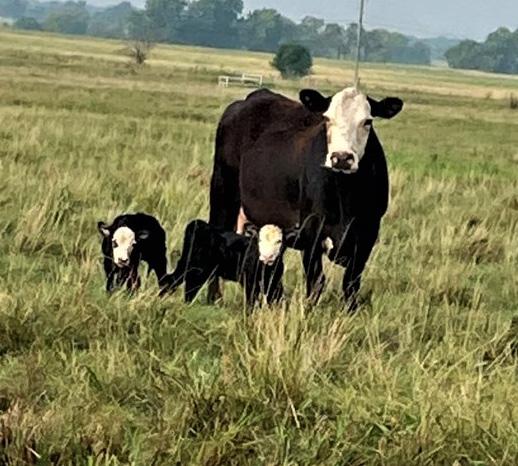
Fall calving season kicked off on August 8th. Currently, there are 146 new claves on the ground. The total number of cattle on the ranch is currently around 852 head. The Tribe has 15 bulls, 387 cows, and 450 calves (from newborns to steers ready for processing). Cattle working, vaccinating, weaning, and sorting was completed before November. On a normal year, we typically start feeding hay to pastures around the first of November; however, this year, with the severity of the drought, we started haying at the end of September. The ranch’s vertical mixer wagon allows us to mix our dry hay, corn silage bales, and rye silage bales together along with bulk commodities to our cows and be able only to feed what the cows can consume that day. With the dry conditions, we were able to have two ponds cleaned out! This will be a big help for the coming years, they are much deeper and, once the rains return, will hold much more water for the cattle!
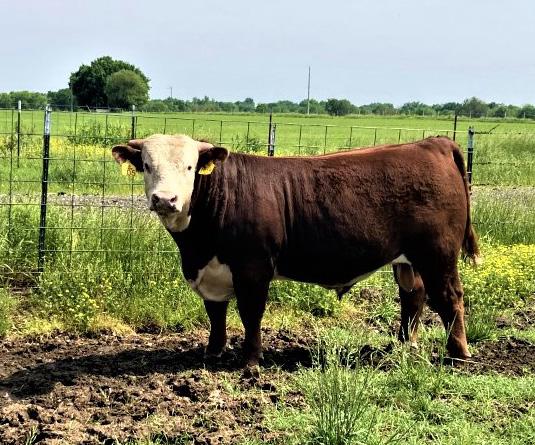
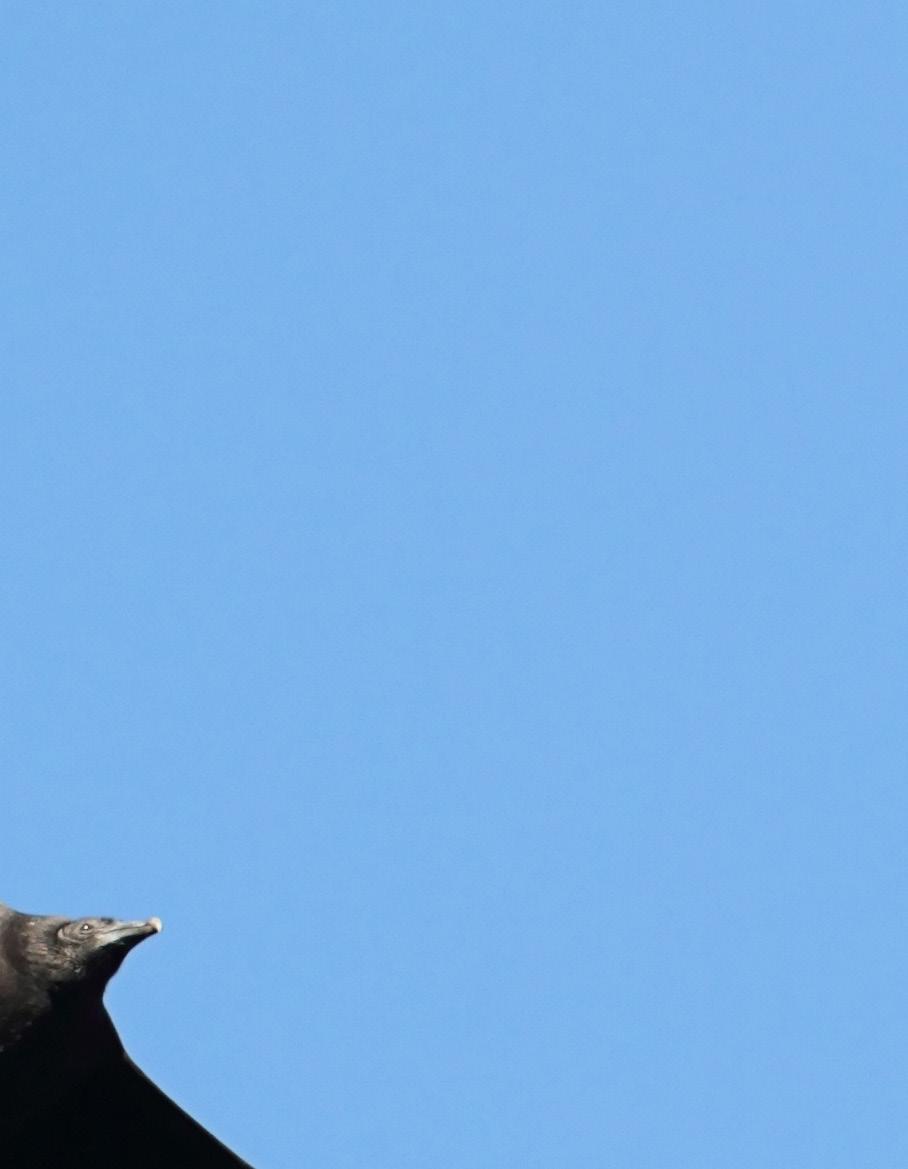
Peoria Cow with Calves Spring 2022
Peoria Calf
Peoria Bull
Environmental Specialist - EPA 105 Grant - La Shell Thomas
Protect Your Pipes – Depending on the region of the United States you’re in, you’ll need to protect your pipes from bursting this winter using tubular pipe wrap, rolled pipe wrap, or insulation fittings.
Time to Weatherproof – Weather stripping or installing storm doors and windows will prevent cold air from entering your home or heat from escaping it, reducing your power bills. Door sweeps are also an effective and easy way to keep the cold out. However, most heat loss typically occurs via openings in the attic. Check to make sure that you have enough insulation. While up there, ensure the attic is adequately ventilated to prevent mold and mildew.
Check Your Fireplace – Animal nests or creosote buildup in your fireplace can be hazardous. Have an annual inspection before building your first fire of the season. Also, soot and other debris build up in the chimney. Call a chimney sweep to thoroughly clean the chimney before your first winter use. You should also vacuum or sweep out any accumulated ash from the firebox.
Clean the Gutters – Cleaning your gutters is an essential part of winter prep. A good rule of thumb is to have the gutters cleaned as soon as the last leaves have fallen in the autumn. To prevent clogging, inspect and clean the gutters of leaves and other debris. Clean gutters will also allow melting snow to drain properly, helping keep moisture from leaking into your home. Check the attic and ceilings for staining from water leakage.

Protect Windows from Heat Loss – To help keep chilly air from leaking in through window cracks, swap out the lightweight summer curtains with thermal lined curtains or drapes. They’ll help keep your home warm and lower your heating bill. For the windows that don’t get direct sunlight, keep the curtains or drapes closed to keep the cold air out and the warm air in.
Don’t Forget Your Indoor Air! In our attempt to keep cold air out, we often forgo bringing fresh air in. Here are some ways to help keep the indoor air clean and circulating while we are all bundled up: 1. Keep your space clean with frequent vacuuming. Utilizing a HEPA filter will reduce airborne pollutants. Use non-toxic cleaning products, and if harsh products are needed, make sure the space is adequately ventilated. 2. Replace your air filters regularly! 3. Consider using an air purifier. Activated carbon filters are needed to remove gas, odors, and chemicals. Advanced technology enables some air purifiers to capture and kill even small pathogens like bacteria, viruses, pollen, smoke, animal dander, and other pollutants. When considering air purifing technology, keep in mind your purifier should match the capacity of the job, and avoid ozone causing air purifiers!
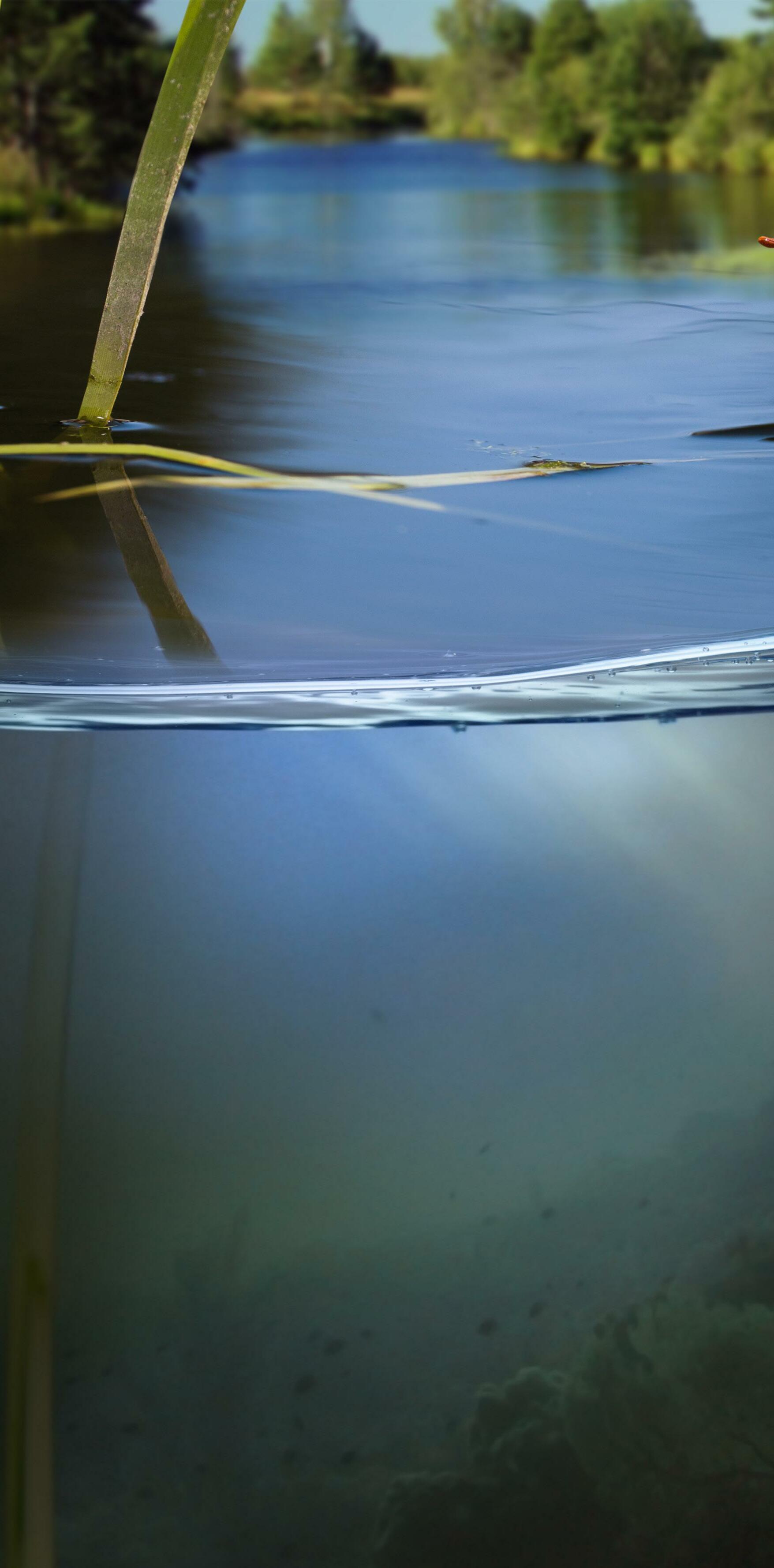
AQUATIC FACILITY
Environmental Specialist - Kyle Foster






